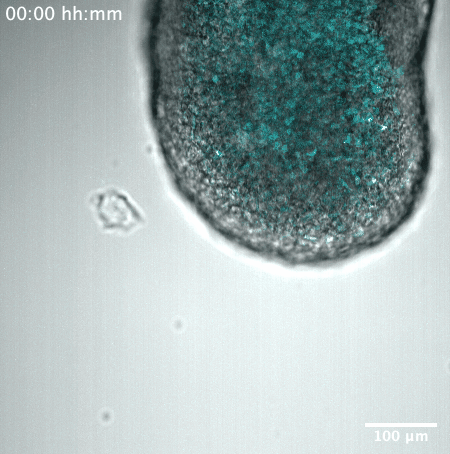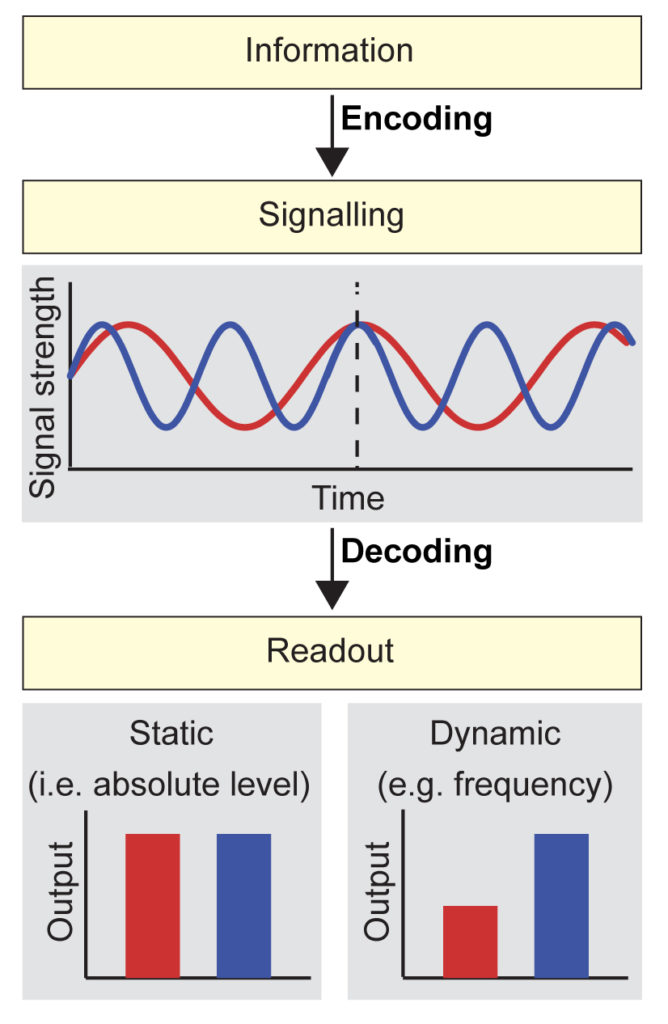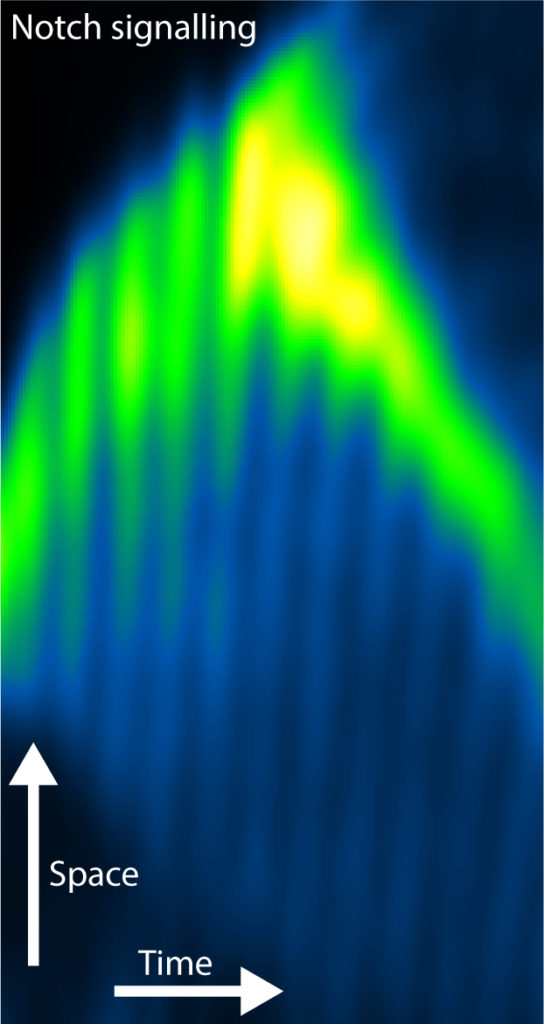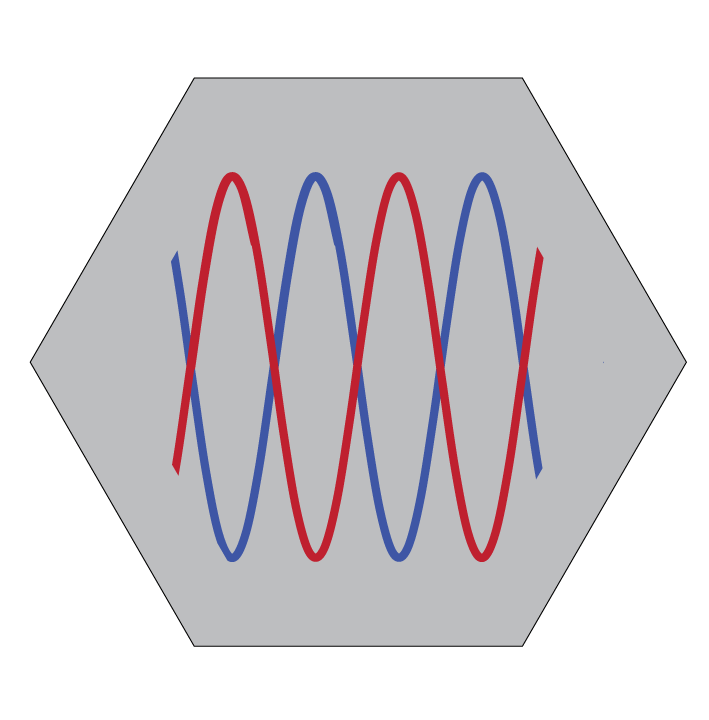Signalling Dynamics in Tissue Biology
How cells communicate and coordinate
Cells in multicellular organisms don’t act alone – they must constantly coordinate processes like growth, specialization, movement, and even cell death. In adults, this careful balance ensures healthy tissue maintenance and helps prevent diseases such as cancer.
Communication between cells happens through signalling pathways. The timing and dynamics of these signals are crucial for accurate coordination. Thanks to new technologies and advanced in vitro model systems, we can now study how cells use dynamic signals to share information and control complex biological processes.
(Movie shows a segmenting mouse embryo expressing a dynamic signalling reporter.)


What we do
The Sonnen lab studies how biological information is robustly transmitted via signalling dynamics in multicellular systems. Our work spans from early embryonic development to adult tissue homeostasis and disease.
We use advanced model systems such as mouse somitogenesis, gastruloids, and blastoids to investigate how signalling dynamics coordinate early development and blastocyst formation. To study tissue maintenance and regeneration, we focus on the small intestine as a model of homeostasis, and we explore how misregulation of these processes can contribute to cancer.
Our approach combines cutting-edge technologies to perturb and quantitatively analyse signalling pathways, including microfluidics and real-time fluorescence imaging. We complement these with biochemical and cell biological methods to unravel the molecular mechanisms of dynamic signal encoding across scales – from individual cells to complex tissues.

